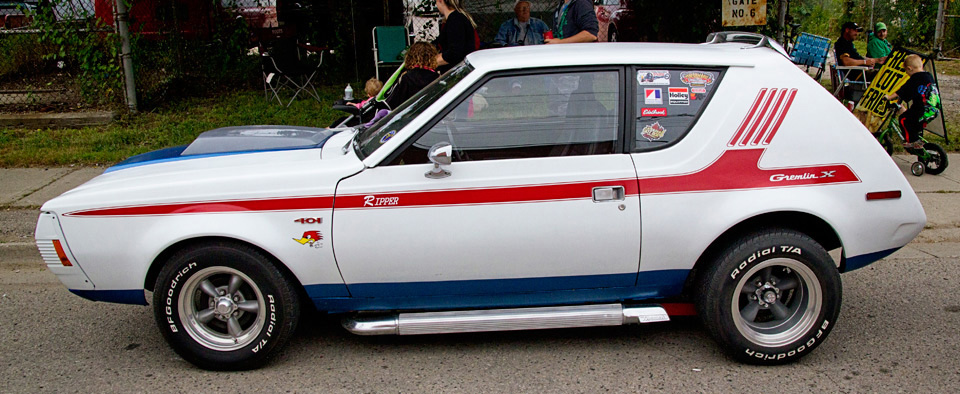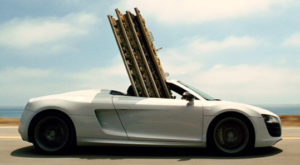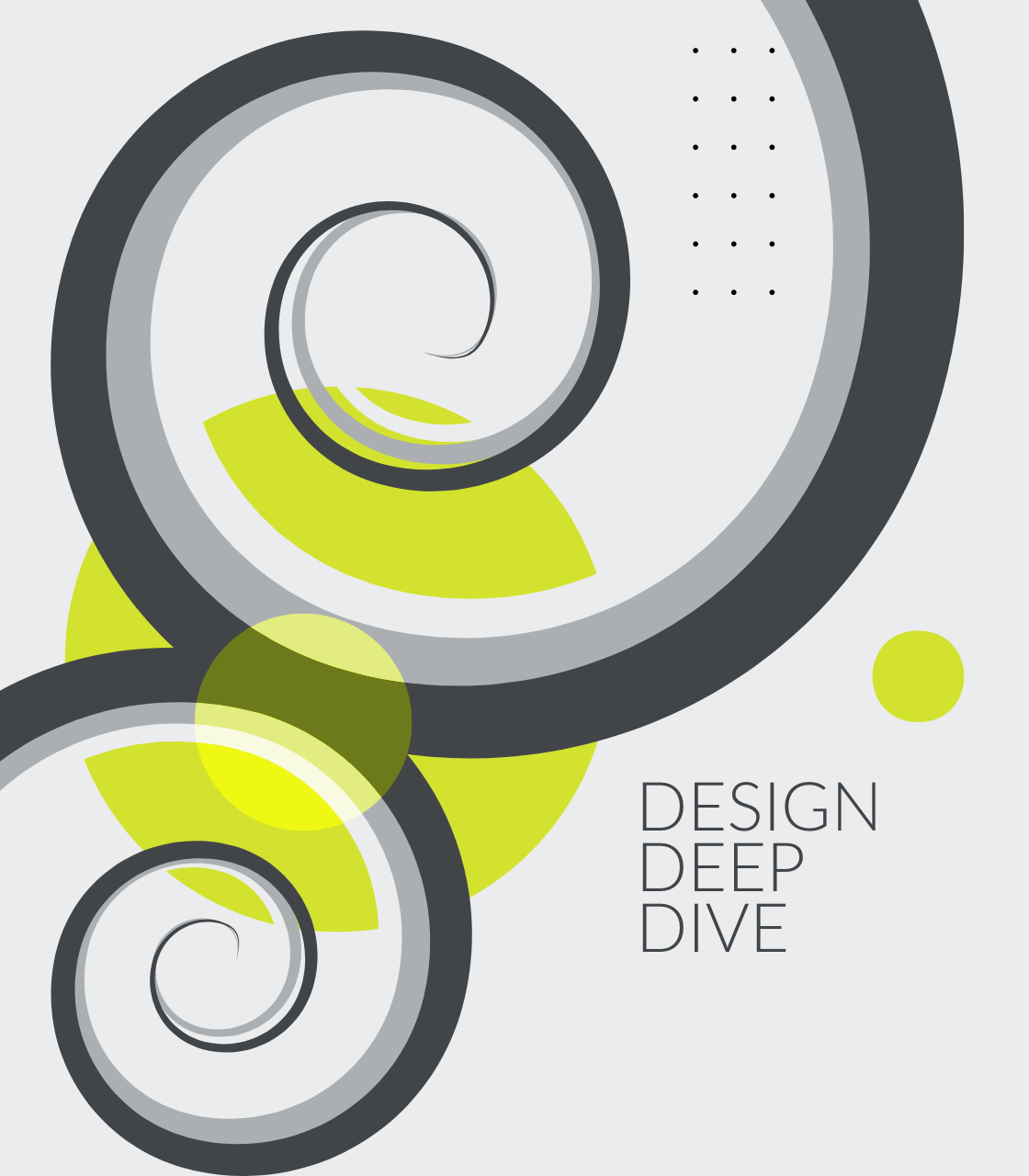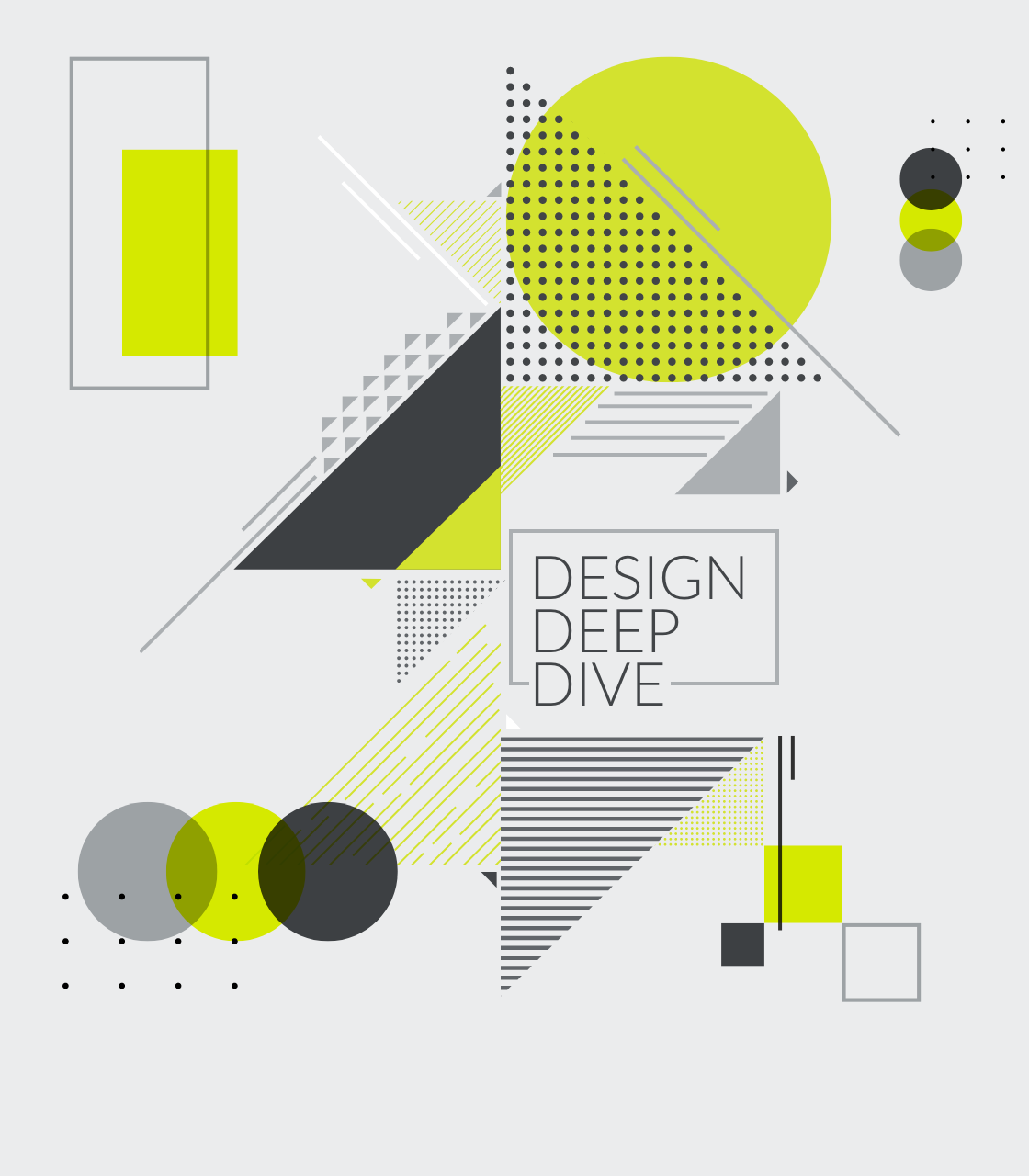
Buzz / 03 31, 2017
UX AND UI IN REAL LIFE: A FRESH PERSPECTIVE ON MISUNDERSTOOD CONCEPTS
Anyone who brushes up against the tech sector is familiar with the terms UI and UX.
User interface.
User experience.
These words are thrown around tech discussions even more than “gamification”. Most people have a rudimentary understanding of the terms as they relate to a digital world, but there’s still a great deal of conjecture. How does the interface relate to the experience? Are the terms interchangeable? Can they exist independently?
Nipping Conjecture in the Bud
A user interface is a system that allows a person to control a machine.
That’s it. Push button, get treat.
User experience is a bit harder to nail down. It’s something like push button, get treat, pull lever, let carrier pigeon loose, pray to the gods, sacrifice a millennial, subscribe to a newsletter, book a trip to Bangkok, all the while appreciating the savory treat…or was it umami?
In the world of Behancies and Dribbblers, UX is simply the user’s opinion of a specific digital interaction, a definition that’s too limited to a single use case.
User-centered design guru Don Norman explains UX by saying, “It encompasses all aspects of the end user’s interaction with the company, its services, and its products”, that’s probably too broad to be of much use.
Another standard characterizes UX somewhere in the middle by taking the broadness of Norman’s definition and applying it to the use of a single product or service, in that: user experience encompasses all aspects of an end user’s interaction with a product.
UI allows you to use a thing. UX is the way you feel about using that thing.
Beyond the Black Mirror
So, to help illustrate the concept, let’s step away our phones and pads and find an analogue in the real world. Relax, basement and cubicle dwellers, you don’t have to actually go outside. No, that would be cruel.
Instead, simply imagine a machine so common, such a part of our everyday existence that it’s valued more than our phones.
This machine, much like digital devices and their apps, is the product of research, design, engineering, and production; it’s centered around human interaction; it’s sold on perception and feeling.
I give you…the automobile.

Remember, UI is a system for a user to control a machine, so…how do you control a car?
Forget the sat-nav and infotainment system. Think about how you control the machine itself.
It doesn’t matter if it’s a minivan or a supercar, there’s a wheel to control direction, pedals to determine speed, a cluster of gauges for feedback, and a host of levers, knobs, and buttons to choose modes and manipulate vital accessories.
Every motor vehicle has a user interface. This UI is so common that the majority of drivers can jump in almost any car and start driving without a second thought.
So Close, Yet So Far
The UI of the automobile has been relatively standard for almost a century. Regardless, the car companies live and die by the sword of customer experience and impression, ultimately, UX. Some of them even have specific tenants of user experience that permeate through design, engineering, and marketing. Mazda, for example, guides design and engineering by the hallmark “Jinba Ittai” – the feeling of oneness between the driver and car. In the same vein, Volkswagen outwardly promoted “Fahrvergnügen”, a desire for “driving enjoyment”.

Bearing UX in mind, the minivan and the supercar (with their nearly identical UIs) become separated by a vast gulf of user perception; each with its merits. The experience of a trip to Costco in a Ferrari would be amazing for some (especially if that trip included lots of winding bits) but the trip back would be miserable with a month’s worth of toiletries and frozen foods strapped to the roof and hood.
The supercar’s experience appeals to individual enjoyment through adrenaline-pumping white-knuckled narcissism, while the minivan gives users a sense of altruistic fulfillment: providing a safe, comfortable and practical transport for loved ones.
Two disparate experiences, essentially the same interface.
How’d I Get on a Car Blog?
Yes, we’re still on UI and UX.
The car is an example of a user-centric machine with a standard UI. While the interface is basically the same from one car to the next, the UX can be vastly different.
UX is not always defined by or dependent upon the UI. The interface is just a component of the overall user experience, joined in its efforts by usability, design, engineering, and marketing to a specific purpose:
To evoke a positive, pleasurable, and valuable journey for the user.
In the digital world, designers, developers, and stakeholders could benefit by limiting their idea of what the UI is and expanding their concept of the UX.
All too often, UI is a catchall for the entirety of the Design, and UX is reduced to the Information Architecture.
The next time you’re contemplating or discussing UI and UX, think about your last drive.




